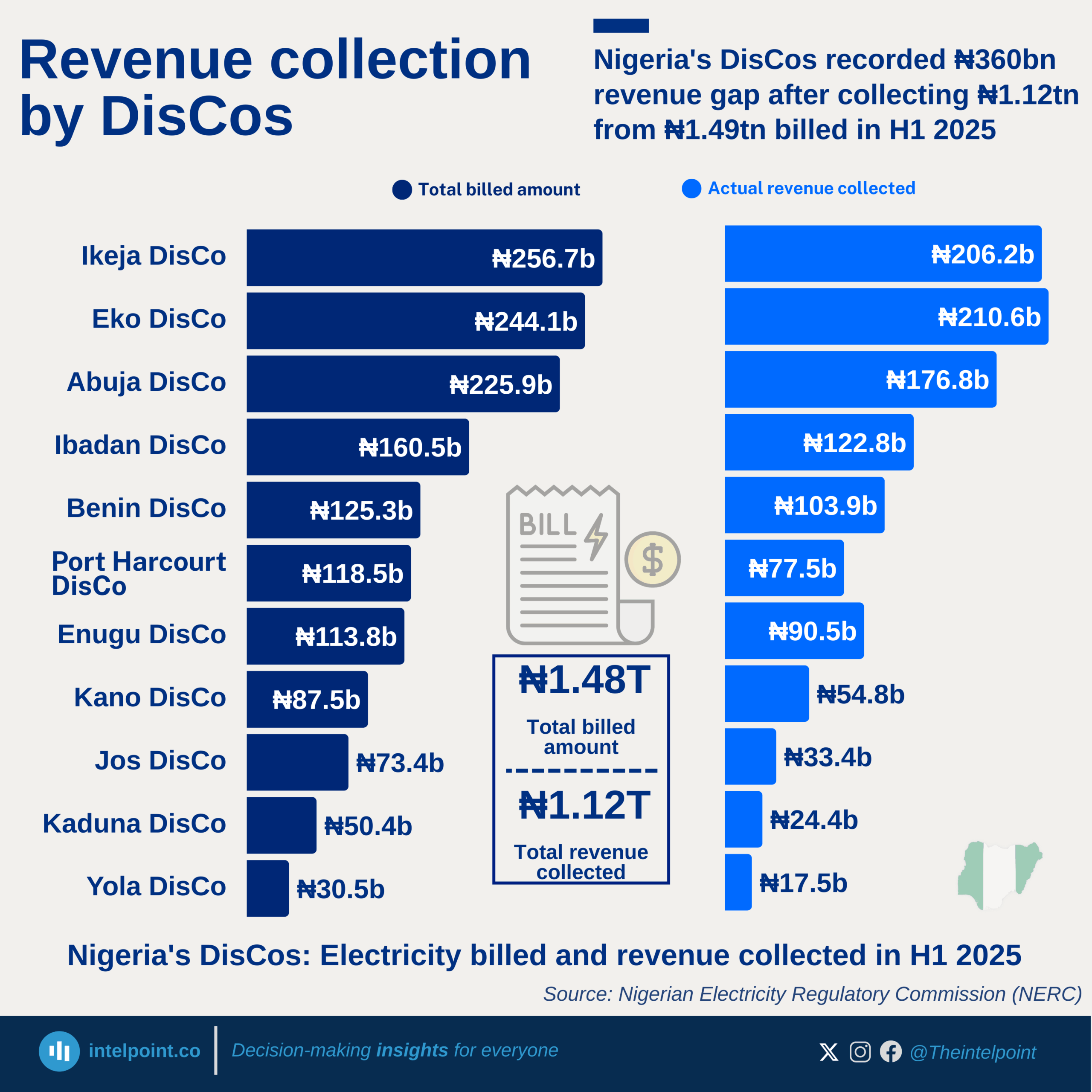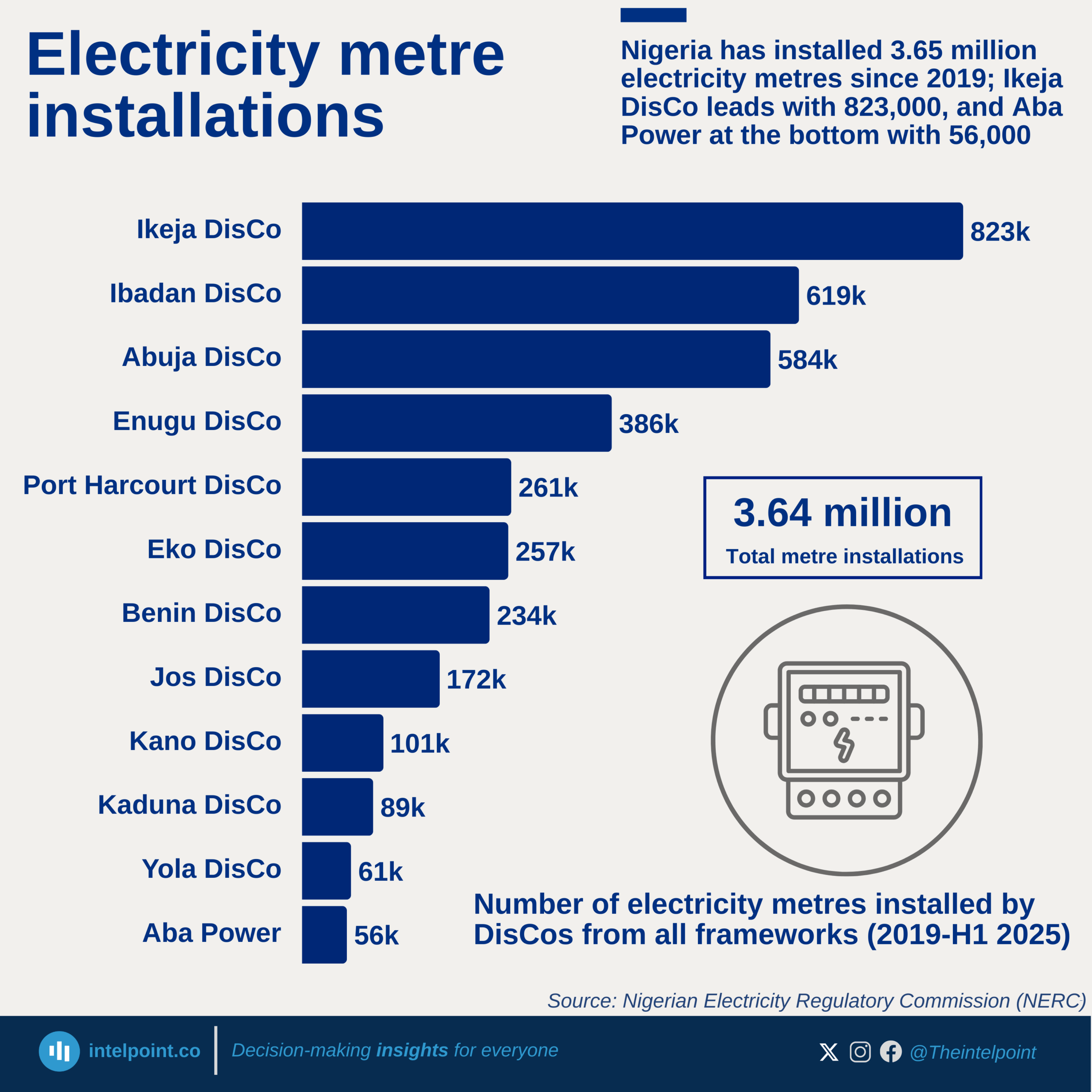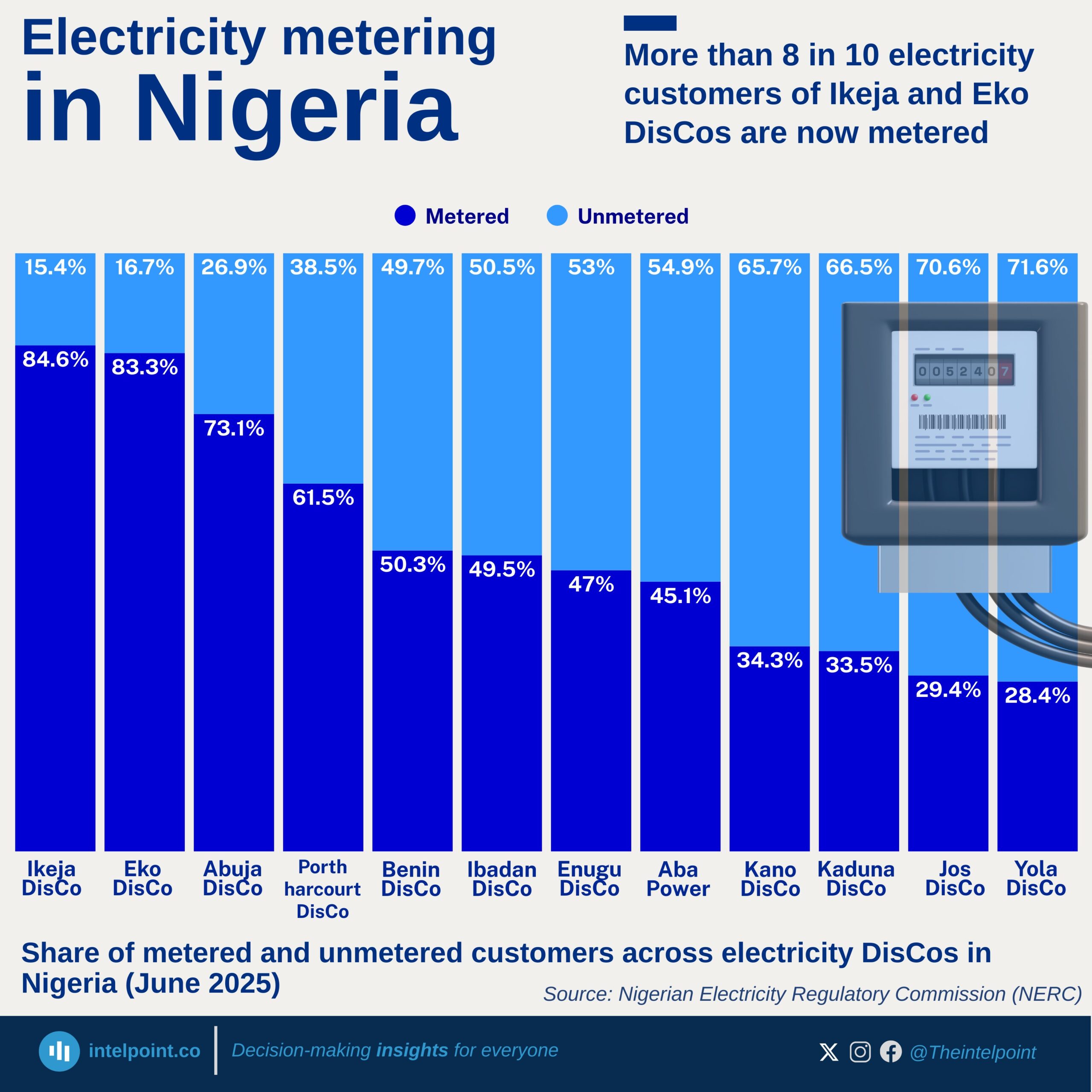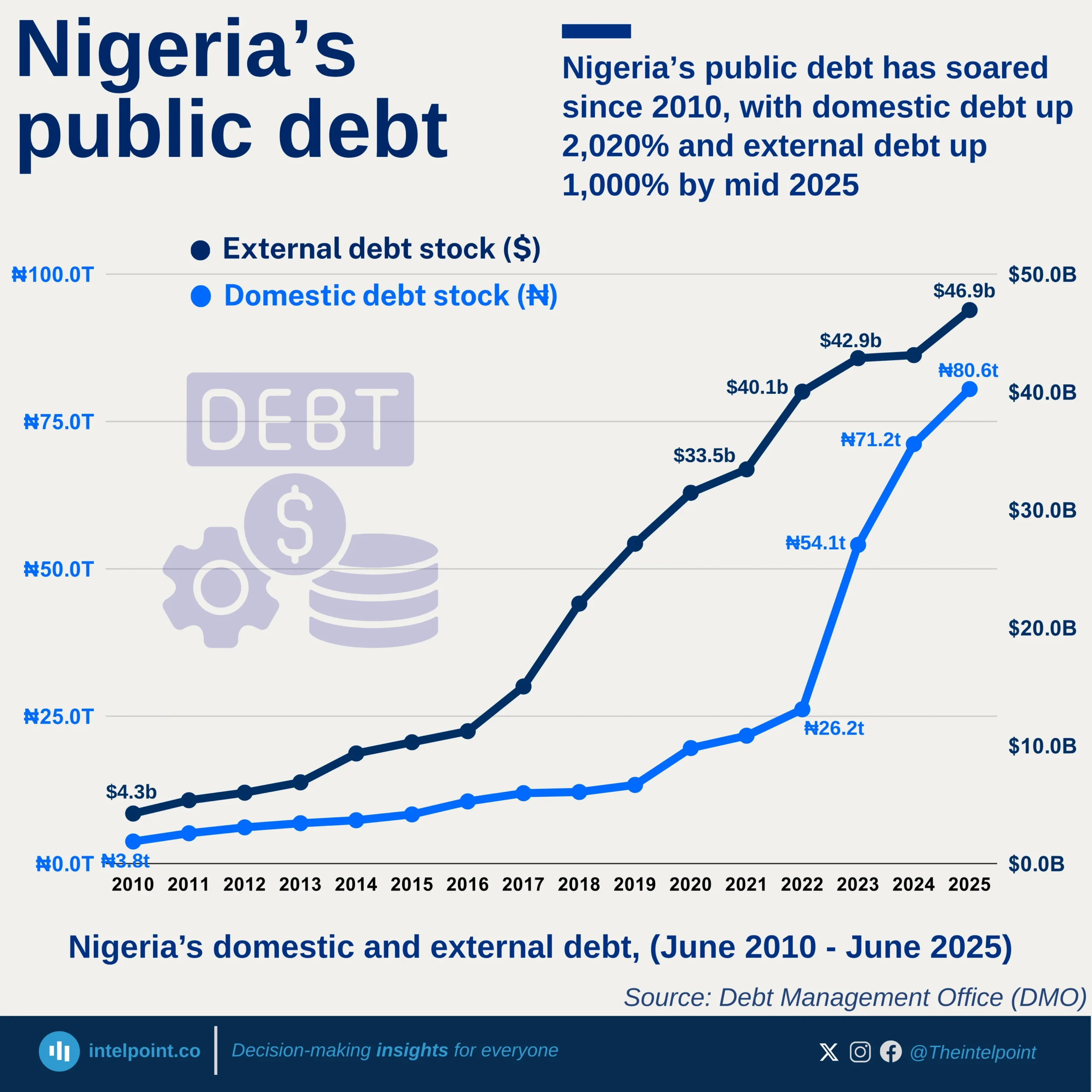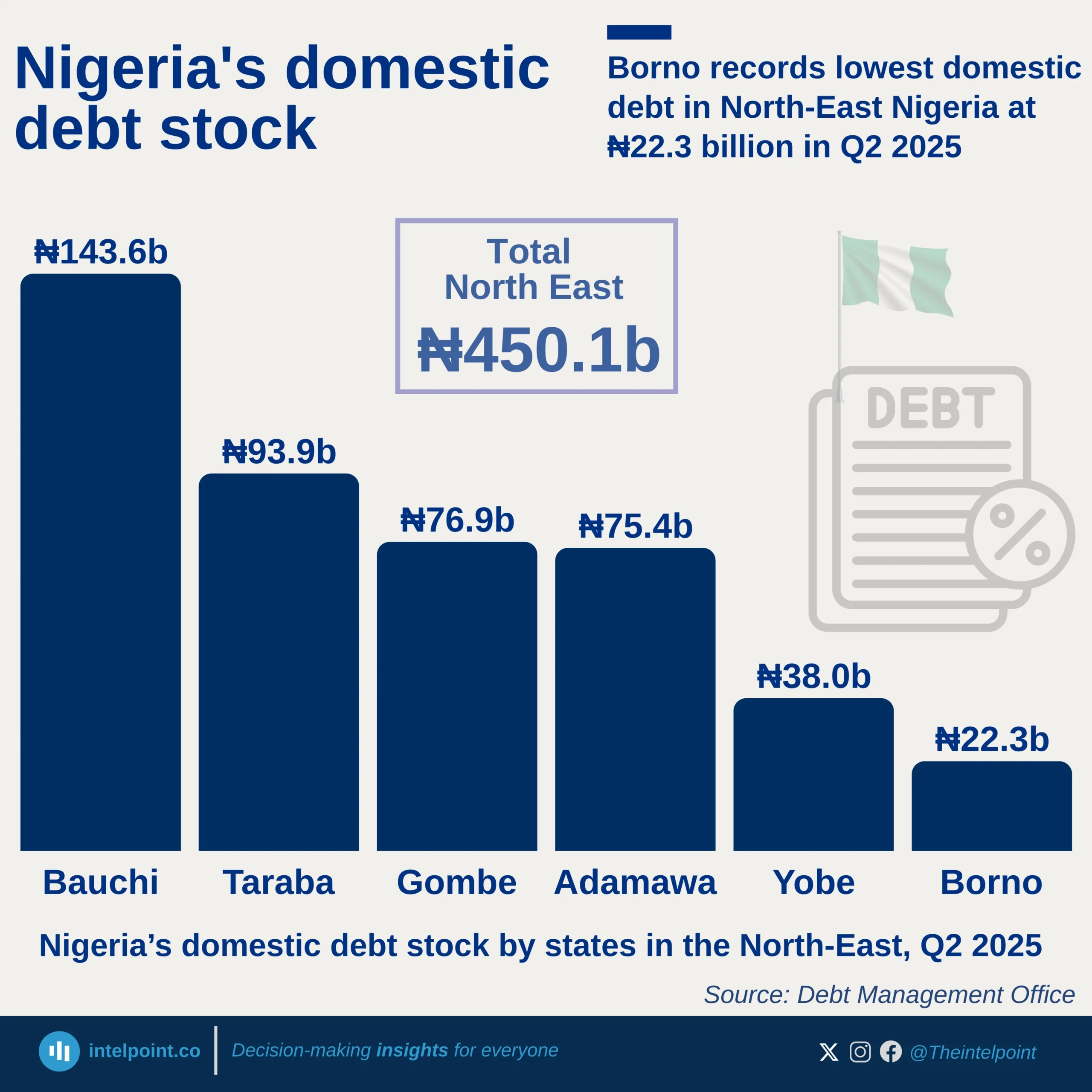The Nigerian prison system presents a stark reality: for every convicted inmate, two remain in legal limbo, awaiting trial. This means that nearly 7 out of 10 prisoners have not been found guilty, yet they remain behind bars, some for years, awaiting justice. The overwhelming presence of male inmates (97.7%) suggests a significant gender skew in crime-related arrests and incarceration.
However, the true crisis lies in the conviction rate. With only 33% of inmates formally convicted, the system appears burdened with inefficiencies, raising concerns about delayed legal proceedings, prolonged detentions, and potential wrongful detention. Female inmates face an even harsher reality, with over three-quarters (75.4%) awaiting trial, reflecting a similar pattern of judicial sluggishness.

